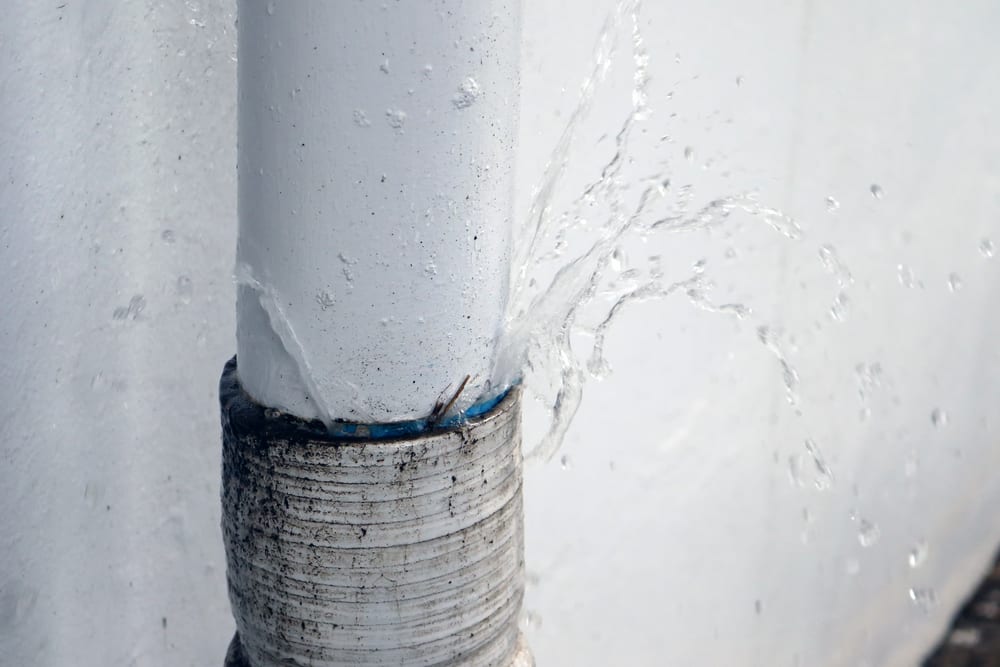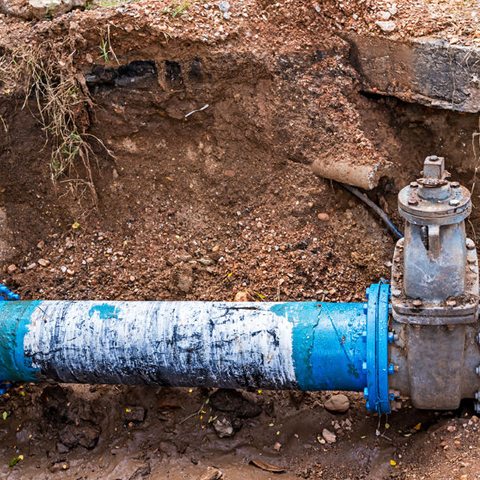In this article down the page you can get lots of amazing points on the subject of How to Prepare for Your Dishwasher Installation.

A ruptured pipeline is a significant emergency; you can only stand as you watch water you pay a lot to reunite with the planet. In worse cases, you observe a pool on your kitchen area floor, which is a great trip hazard, especially if you have kids around. If the pipe that ruptured was in your wall surfaces, bad news: you may need to repaint that whole section.
Just how can a disaster like a burst pipe be prevented and managed? Well, by paying attention to your specialist emergency plumbers as well as complying with these regulations.
Exactly how do I know when my pipelines have burst?
Changing water stress
Pipes do not just burst in a day. You may have seen that your kitchen area faucet or shower doesn't run immediately when you turn the faucet. It might stop for a few seconds and afterwards blast you with even more force than typical.
In other circumstances, the water might appear regular in the beginning, after that decrease in stress after a few seconds.
Wet wall surfaces and water stains
Prior to a pipeline ruptureds, it will certainly leakage, many times. If this consistent leaking goes unnoticed, the leak might finish into a broad gouge in your pipe. One very easy means to avoid this emergency is to look out for damp wall surfaces ad water discolorations. These water spots will lead you right to the leakage.
Puddles under pipelines and sinks
When a pipeline bursts, the discharge develops a puddle. It might appear that the pool is expanding in dimension, and also regardless of the number of times you wipe the pool, in a couple of mins, there's an additional one waiting to be cleansed. Often, you may not be able to map the pool to any kind of visible pipes. This is an indication to call a professional plumber.
Untraceable trickling noises
Pipeline bursts can happen in one of the most unpleasant places, like within concrete, inside walls, or under sinks. When the house goes silent, you may be able to hear an annoyingly consistent dripping noise. Also after you have actually checked your shower head and also kitchen area faucet, the leaking might continue.
Precious visitor, the leaking might be originating from a pipeline inside your walls. There isn't much you can do about that, except tell a specialist plumber.
Shut down the Water
When water ices up, it increases in quantity by concerning 9 percent. And also it increases with tremendous force: The stress inside pipelines might go from 40 pounds per square inch to 40,000 psi! No pipe can hold that much stress, so it breaks open. The break may happen where the ice types, yet more frequently, it occurs where water pressure locates a weak point in the pipe. That may be inches or perhaps feet from the frozen area. Find the water shutoff valve and also shut off the water to stop even more damages. You might likewise need to turn off the electrical energy as well, depending upon where the leakages occurs as well as just how huge it is.
Polluted water
Many individuals presume a ruptured pipeline is a one-way outlet. Rather the contrary. As water drains of the hole or gash in your plumbing system, contaminants find their way in.
Your water may be polluted from the resource, so if you can, examine if your water container has any kind of issues. Nevertheless, if your drinking water is supplied and also detoxified by the city government, you should call your plumber immediately if you see or smell anything funny in your water.
What do I do when I identify a burst pipeline?
Your water meter will certainly continue to run even while your water wastes. To reduce your losses, discover the main controls and also transform the supply off. The water pipe are an above-ground framework beside your home.
How to Fix & Detect a Leaking Pipe
How Do I Know if a Pipe is Leaking?
Leak detection tests can help you determine if your pipe has a leak. Even if you don’t see an apparent leak, you should still conduct leak detection tests regularly to save water and money—and prevent major damage to your home.
Water meter. It can be helpful to figure out what your usual water meter usage numbers are and then monitor them regularly. To monitor your meter, first, turn off all water faucets in your home. Check the meter and write down the numbers. In a few hours, check the meter again. If the numbers have changed, you have a leak. Water gauge. Use a water gauge to test your water pressure. Your showerhead should produce a certain amount of water pressure based on its model and design. If the pressure is lower than it is supposed to be for that specific showerhead, your home likely has a leak. Puddles. Look inside your bathroom, laundry, and kitchen sink cabinets. Puddles around the cabinets or around toilets, tubs, showers, and washing machines indicate the presence of a leaking pipe. You may also notice loose tiles, peeling or flaking paint, or mold caused by water accumulation. Napkin test. Even if you don’t see any puddles, you may still have a leak. You can test for water leaks in the bathroom, laundry, and kitchen by wiping below-sink connections with a napkin, paper towel, or piece of toilet paper. If it becomes damp, you probably have a leaking pipe under the sink. Discolored walls. Walls that are discolored—usually with brown or yellow stains—or bulging might mean that they have been impacted by water damage caused by a leaking pipe. Smell. A leaky pipe will create sitting water, and over time, that water may develop a musty smell. If your home smells musty, but you can’t locate the source, it may be due to a leak. Steps for Fixing a Leaking Pipe
A leaky drain can be remedied by tightening the pipe base, replacing the drain seal, caulking the rim, and tightening the pipe nut. Similarly, a leaking toilet pipe can be treated by tightening the packing nut. You may also need to replace the valve. A leaky faucet may just need tightening or replacement of the washers. If that doesn’t work, consider replacing your faucet. If your pipe has a hole in it, you may want to use a pipe leak sealer or pipe leak tape. This quick fix for water pipe leaks can also temporarily fix a copper pipe leak. https://www.ahs.com/home-matters/quick-tips/how-to-tell-if-pipes-are-leaking/

I recently found that blog posting on How to install a dishwasher safely when doing a lookup on the search engines. I beg you set aside a second to distribute this article if you liked it. Thanks so much for your time invested reading it.
Plumbing emergency? We're ready.